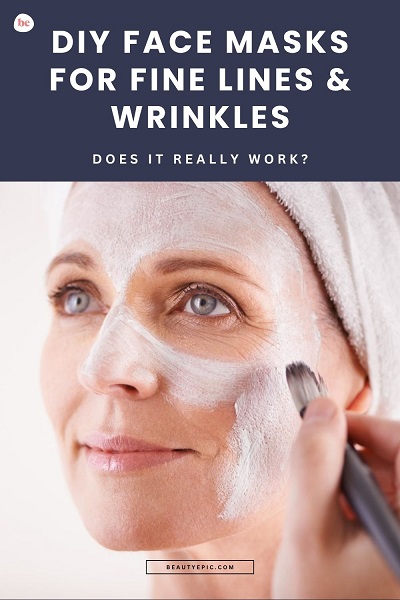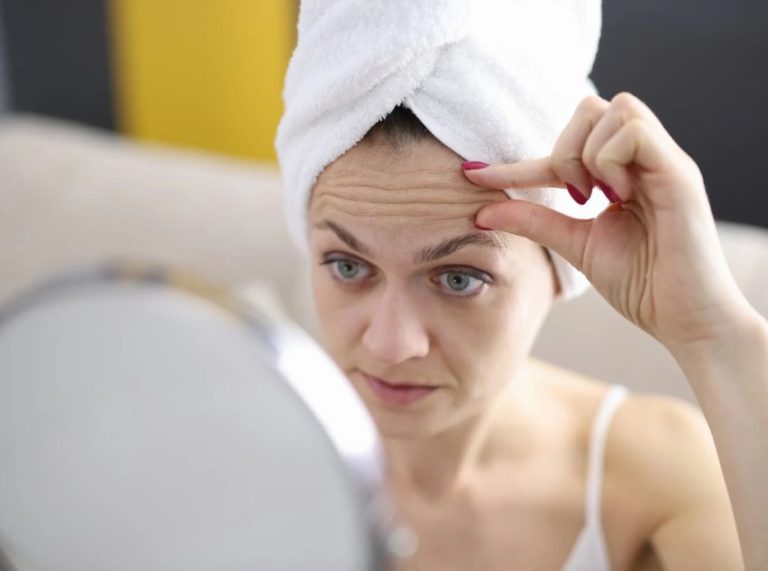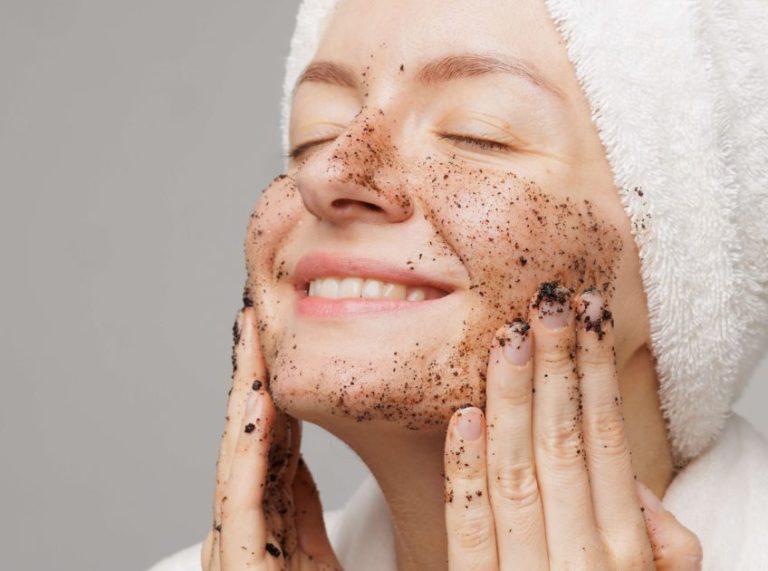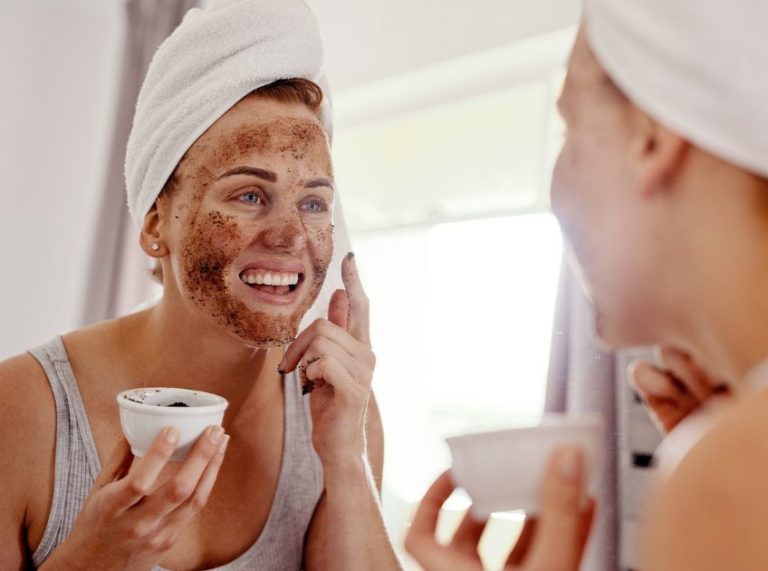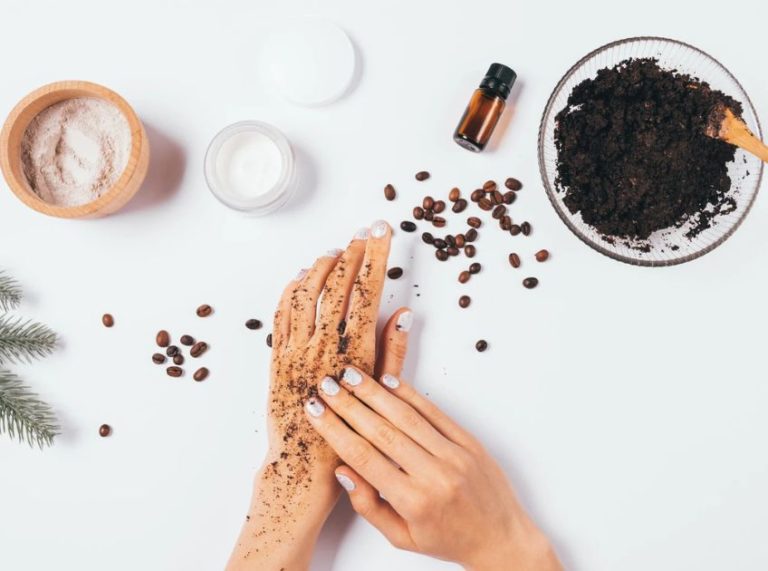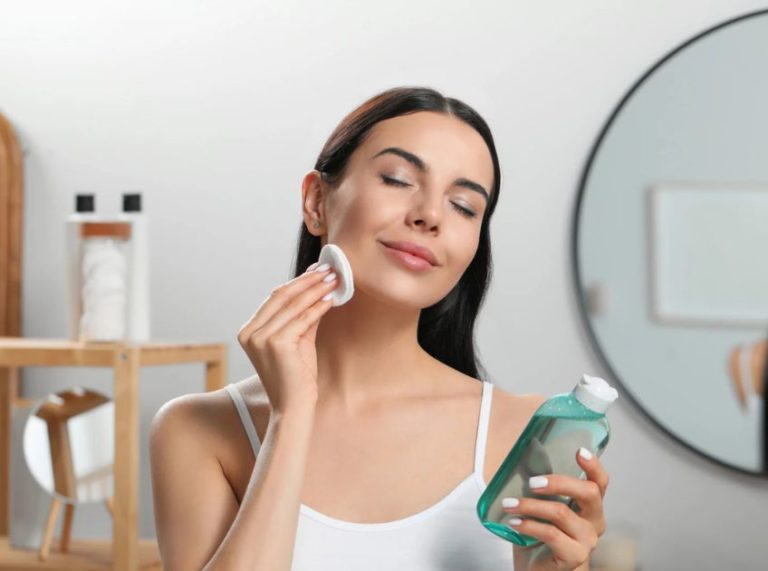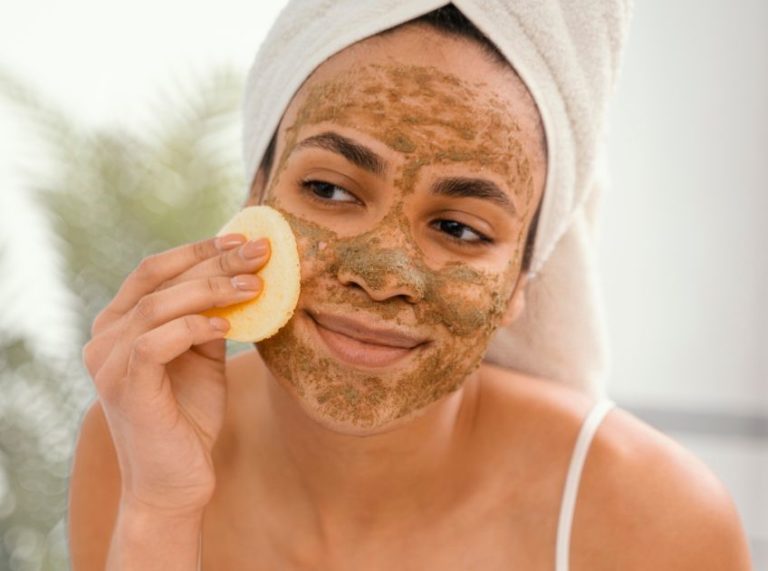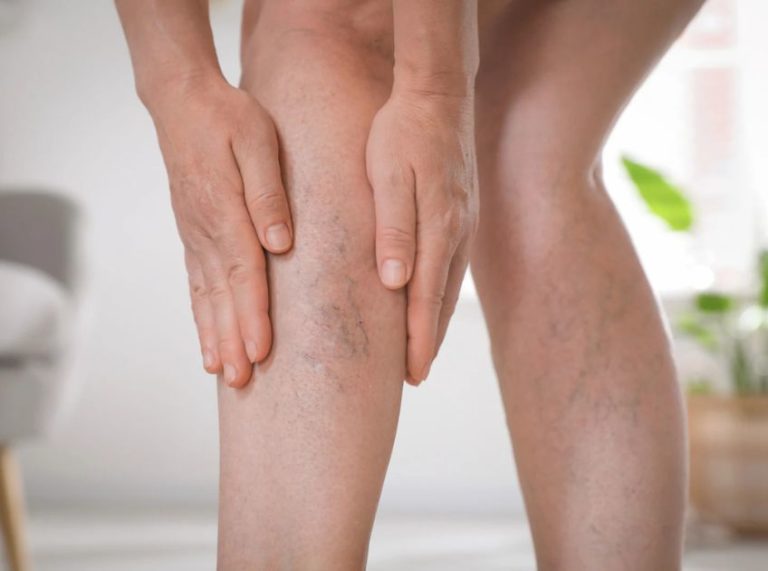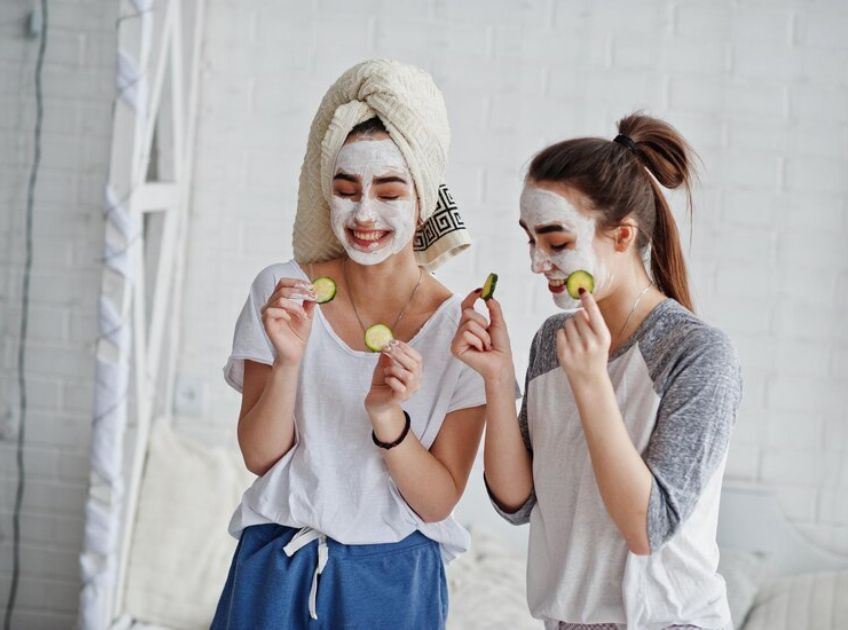
Important: This article is for informational purposes only. Please read our full disclaimer for more details.
Struggling with breakouts, dullness, or dry patches? Your skin’s needs aren’t one-size-fits-all, and neither should your face masks be. These easy, customizable DIY face masks help target specific concerns using natural ingredients proven to work. From oily T-zones to sensitive cheeks, we’ve got a solution for every complexion.
Why DIY Face Masks Are Worth the Hype
- Nourish skin with chemical-free ingredients
- Target multiple concerns (acne, dryness, dullness)
- Budget-friendly and customizable
- Freshly made, free from preservatives
DIY masks let you control what goes on your skin—ideal for anyone avoiding artificial fragrances or harsh chemicals.
Ingredient Intelligence: What Makes These Masks Work?
Each ingredient in these DIY masks plays a role in improving skin:
- Honey: Antibacterial and humectant properties (1)
- Turmeric: Anti-inflammatory and antioxidant-rich (2)
- Aloe Vera: Soothes and hydrates irritated skin (3)
- Yogurt: Contains lactic acid to gently exfoliate and brighten
- Oats: Colloidal oatmeal calms redness and strengthens barrier function
Scientific studies have shown these natural ingredients to be effective in treating acne, dryness, and inflammation without harsh side effects.
When to Skip or Stop Using DIY Masks
Discontinue use if you experience:
- Redness or burning during or after application
- Increased breakouts
- Itching or swelling
Always do a patch test first. If irritation occurs, stop immediately and consult a dermatologist.
Personalize It: Adjust to Suit Your Skin
You can modify ingredient quantities to suit your needs:
- For dry skin, add more honey or yogurt
- For oily skin, reduce oils and use more clay or lemon juice
- Sensitive skin? Use soothing oats or aloe vera and skip citrus
Always use fresh ingredients in the right proportions.
What Skin Types Are These Masks Good For?
- Oily & Acne-Prone: Clay, honey, and turmeric work well
- Dry: Avocado, honey, yogurt, aloe vera
- Combination: Oats, banana, turmeric
- Sensitive: Aloe vera, oatmeal, chamomile tea
- Dull/Uneven Tone: Yogurt, turmeric, papaya
Each mask can be tweaked slightly to suit your specific needs.
Is It Safe to Use DIY Face Masks Regularly?
Yes—if you:
- Use clean tools and bowls
- Apply freshly made mixtures
- Avoid known allergens
- Do patch tests before applying to your full face
Limit use to 1–2 times per week to avoid over-exfoliating or stressing the skin.
3 Expert-Approved DIY Face Masks for Every Skin Concern
1. Soothing Aloe & Oat Mask for Sensitive Skin
This calming mask is perfect for inflamed or easily irritated skin. Aloe vera hydrates and soothes, while oats help calm redness and reinforce the skin barrier.
Ingredients
- 2 tablespoons pure aloe vera gel (fresh or store-bought without additives)
- 1 tablespoon finely ground oats (colloidal oatmeal preferred)
- 1 teaspoon raw honey
Directions to Use
- Grind oats into a fine powder if not already done.
- In a clean bowl, mix aloe vera gel and honey until smooth.
- Slowly stir in ground oats until a creamy paste forms.
- Let the mixture sit for 2–3 minutes to thicken slightly.
How to Apply
- Wash and pat dry your face.
- Apply the mask gently using clean fingers or a brush.
- Leave it on for 15–20 minutes.
- Rinse off with cool water and pat dry. Follow with a light moisturizer.
Pro Tip: Chill the aloe vera gel before mixing for an extra soothing effect on inflamed skin.
2. Brightening Yogurt & Turmeric Mask for Dull Skin
This mask is great for brightening up tired, uneven skin. Yogurt provides gentle exfoliation with lactic acid, while turmeric helps even out tone and adds a radiant glow.
Ingredients
- 2 tablespoons plain, unsweetened yogurt
- ½ teaspoon turmeric powder (organic preferred to avoid staining)
- 1 teaspoon raw honey
Directions to Use
- In a glass bowl, mix yogurt and honey until combined.
- Slowly add turmeric powder and stir to avoid clumping.
- Whisk well until you get a smooth, golden paste.
- Use immediately to avoid curdling or separation.
How to Apply
- Cleanse and pat your face dry.
- Use a brush or fingers to apply a thin, even layer.
- Let sit for 10–12 minutes (don’t exceed 15 minutes to avoid yellow staining).
- Rinse with lukewarm water and gently pat dry.
Pro Tip: Apply this mask in the evening and follow with a rich moisturizer for the best overnight glow.
3. Clarifying Clay & Tea Tree Oil Mask for Acne-Prone Skin
This detoxifying mask helps absorb excess oil and fight acne-causing bacteria. Clay draws out impurities, while tea tree oil helps purify and prevent breakouts.
Ingredients
- 1 tablespoon bentonite clay or French green clay
- 1 teaspoon apple cider vinegar (diluted if skin is sensitive)
- 2 drops of tea tree essential oil
- Water as needed (filtered or rose water)
Directions to Use
- Add clay to a non-metal bowl (avoid metal to prevent reaction).
- Add ACV and mix gently until it starts to fizz.
- Add tea tree oil and just enough water to form a thick but spreadable paste.
- Stir until smooth and use immediately.
How to Apply
- Apply on clean, dry skin—focus on oily or acne-prone areas.
- Let the mask dry for about 8–10 minutes (not fully cracked).
- Rinse with lukewarm water and follow with a balancing toner and lightweight moisturizer.
- Use once a week or as a spot treatment.
Pro Tip: Don’t let clay dry completely—it can over-dry and irritate skin. Rinse once the edges begin to harden.
Frequently Asked Questions (FAQ’S)
1. Can I store leftover DIY face masks?
A. No. DIY masks should be used fresh as they lack preservatives and can spoil quickly.
2. What’s the best time of day to use a face mask?
A. Evening is ideal, as it allows your skin to repair overnight and you avoid sun exposure post-treatment.
3. Can I mix more than one mask at a time?
A. You can multi-mask—apply different masks to different areas of your face depending on concerns (e.g., clay on T-zone, aloe on cheeks).
DIY face masks offer a natural, effective way to nourish your skin without chemicals. With the right combination of ingredients and proper care, you can personalize your skincare routine for every concern, from breakouts to dullness. Always patch test, stay consistent, and let your skin glow the natural way.
